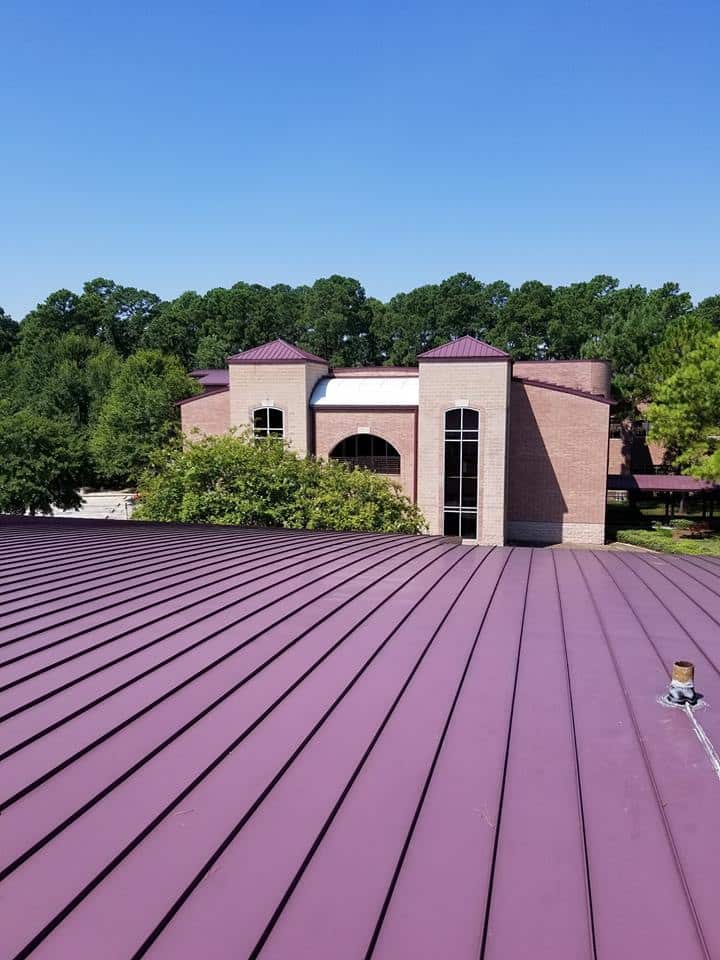Understanding the Importance of Roof Underlayment
Roof underlayment is a crucial component of your residential roofing system, serving as a moisture barrier between the roof deck and shingles. A quality underlayment will protect your home from water damage, improve energy efficiency, and prolong the life of your roofing materials. In this article, we’ll explore the different types of roof underlayment, the benefits of each, and why you should invest in a high-quality product.
Types of Roof Underlayment
There are two main types of roof underlayment: synthetic and felt. Synthetic underlayments are made of a composite material, such as rubber or polymer, and are designed to be more durable and resistant to water than traditional felt underlayments. Felt underlayments, on the other hand, are made of organic materials and are designed to be more affordable.
Benefits of Synthetic Roof Underlayment
Synthetic roof underlayments offer several benefits over felt underlayments. They are more durable, resistant to water, and provide better protection against wind and weather damage. Synthetic underlayments also offer better protection against moisture, which can cause mold and mildew to form. Additionally, synthetic underlayments are easier to install, making them a great choice for DIY projects.
Benefits of Felt Roof Underlayment
Felt roof underlayments are more affordable than synthetic underlayments, making them a great option for homeowners who are working within a tight budget. They also offer excellent protection against moisture, making them a great choice for homes in areas with high humidity. Felt underlayments are also easy to install, making them a great choice for DIY projects.
Why Invest in High-Quality Roof Underlayment
Investing in a high-quality roof underlayment is important for the longevity of your roofing system. A quality underlayment will protect your home from water damage, improve energy efficiency, and prolong the life of your roofing materials. Additionally, a quality underlayment will provide better protection against wind and weather damage, ensuring that your roofing system is up to the task of protecting your home for years to come.
Conclusion
Roof underlayment is a crucial component of your residential roofing system, serving as a moisture barrier between the roof deck and shingles. Whether you choose a synthetic or felt underlayment, it’s important to invest in a high-quality product that will provide the best protection for your home. With the right underlayment, you can ensure that your roofing system is up to the task of protecting your home for years to come.
